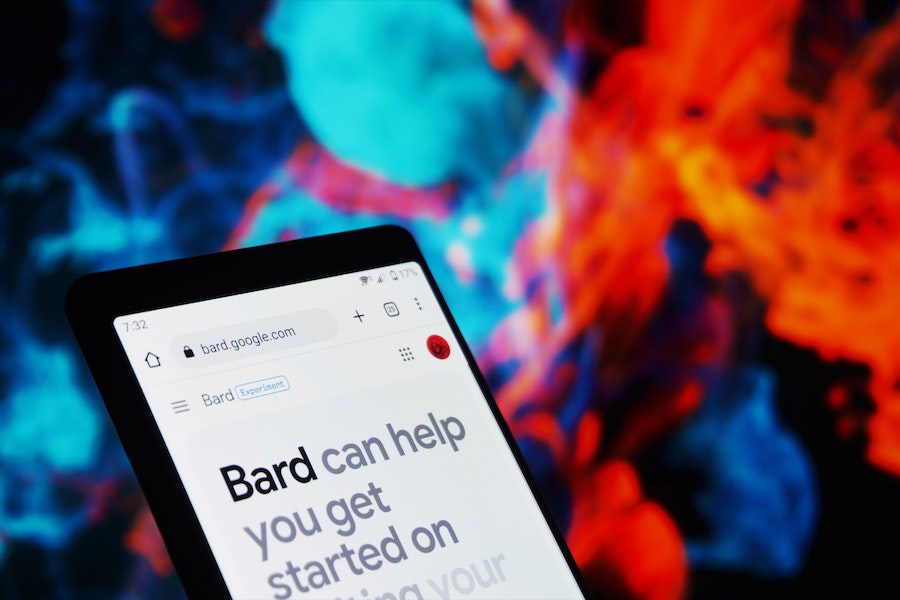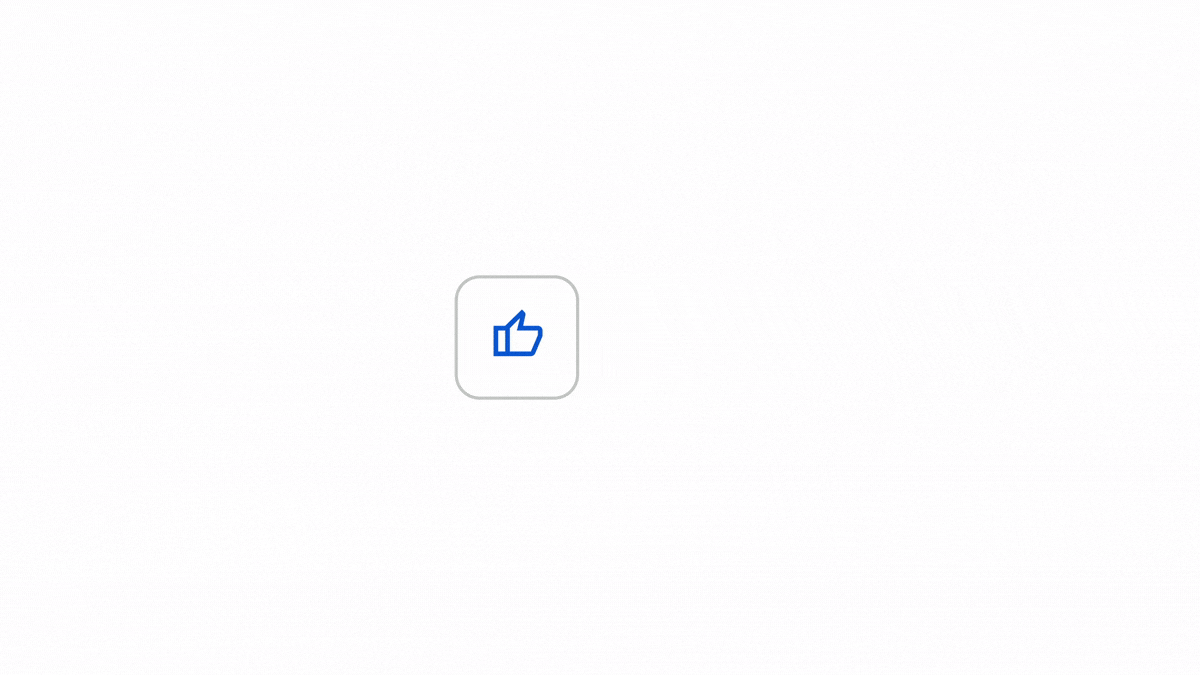Google Bard: Everything You Need To Know About The ChatGPT Alternative
A few months ago one of the burning questions in the world of AI was, “Will ChatGPT replace Google?”. Because OpenAI’s conversational bot, ChatGPT, can simplify the process of searching for information and finding answers. Yes, people were constantly pointing out the errors that ChatGPT was making. But it did start a ripple in the world of AI and search too!

People were yearning for a response from Google, the unrivaled player in the world of search. And the response has finally arrived – say hello to Bard. Bard is the all-new ChatGPT alternative that everyone is talking about.
Well, technically Bard isn’t new. It was announced in February 2023 and was made available in select regions in March. However, it faced a few setbacks right at the time of its launch. And then came the never-ending waitlist. But now, Bard is available to the public without a waitlist, and that too in over 180 countries.
Are you excited to try out this conversational AI platform? Have all the social media posts on Bard kindled your curiosity? Then you are right where you should be. In this blog, we’ll take a quick look at what Bard is and how it stands up against ChatGPT.
But, to understand why AI enthusiasts are excited about Google Bard, let’s get into a little backstory first.
Google’s Code Red situation
To understand the story behind Bard, let’s talk about the effect of ChatGPT on Google. One of the main reasons people use Google is to find answers to their questions. But with the launch of ChatGPT, more and more people started using the conversational AI platform to get their answers instantly.
Shortly after that, ChatGPT-Google memes were everywhere on the internet.
This meant trouble for Google. And Sundar Pichai, CEO of Google, declared “Code Red”. For businesses in the world of tech, a technological shift means big risk. Therefore, Google had no time to rest. The team got busy and in February Google announced its all-new conversational AI experiment, Bard. Things got even tougher when just a few days after this announcement, Microsoft introduced Bing Chat powered by GPT-4.
The stumbling blocks for Google Bard
Things were pretty tough for Google in the early stages of Bard. Initially, the chatbot was only launched in the US and UK and there was a waitlist to try it. This was a turn-off to some users.
One of the biggest blows for Google Bard was when the initial demo video displaying what the tool could do displayed a factual error. This was not expected in a tool coming from the one name that people think of when they need to find all the right answers, Google!
The video shows Bard giving an explanation of the James Space Webb Telescope in which the tool says that the telescope “took the very first pictures of a planet outside of our own solar system.” While in reality, the first-ever picture of an exoplanet was taken years before James Space Webb Telescope, in 2004.
Several internet users pointed out the factual error. And some also highlighted this as an example of how language models that try to mimic human language and build sentences often miss out on facts. In fact, this is one critical area where ChatGPT and Bard are alike. It is also proof that traditional search is still a better alternative for finding credible and accurate information.
Bard announcements at Google I/O 2023
Months after its launch, Bard is trending again. And this time it is because of the many new updates to the platform that Google announced at Google I/O 2023.
When it was first rolled out, Bard was based on LaMDA (Language Model for Dialogue Applications), a conversation technology. At Google I/O 2023, Google announced that Bard is moved to PaLM2, the next-gen language model. This switch is to extend the functions of Bard including the addition of coding and reasoning skills, and multi-lingual capabilities.
Additionally, from being available just in the US and UK, Bard is now available in more than 180 countries. And one of the biggest news is that there’s no more waitlist. Anyone with a personal Google account can now access Bard. Visit https://bard.google.com/ and choose Try Bard and you can instantly start your conversations with this ChatGPT alternative.
With the introductions out of the way, let’s now talk about some of the cool things that Google Bard can do. These are the features that make Bard an intuitive collaborator to boost your productivity.
6 exciting features of Google Bard

Before we talk about specific features that make Bard a great conversational AI tool, we should also tell you that Bard can do almost everything that ChatGPT can do in terms of its core capabilities.
It can:
- Act as your virtual personal assistant and answer your questions
- Simplify concepts
- Provide solutions to problems thanks to its reasoning abilities
- Or even act as your personal copywriting assistant.
Along with all these functionalities, a few aspects of the Bard interface are different from ChatGPT. These are additional features that make the Bard experience a tad bit better than the ChatGPT experience. Let’s look at what these are.
1. Multiple drafts
Once Bard responds to a prompt, you’ll notice the option to View other drafts at the top right corner. Clicking that will show you three different drafts for the same query. This is somewhat similar to the generation of four different image options on AI art tools like Midjourney.

You can easily switch between the drafts or choose to reload the responses. This helps you explore more creative responses with minimal effort and time. But yes, remember that the responses tend to be repetitive and the drafts are often very similar to each other. This is particularly true for generic and factual questions. However, the answers get a little more creative when you provide the context, and expectations in terms of the tone and other details.
2. Export responses
One of the most useful features available on Bard and not on ChatGPT is the option to export generated responses. On ChatGPT you can copy the response. Whereas on Bard, you can directly export the response to Google Docs and Gmail. The benefit here is that the formatting is intact. If you are generating content like web articles or blog posts, this feature can help you save a lot of time.

3. Search the internet
One of the much-needed features that give Google Bard a clear advantage over ChatGPT is the tool’s ability to browse the internet and access real-time information. However, on ChatGPT the training dataset dates back to 2021. And so most of the responses are based on historic data. This means that ChatGPT’s responses are not current. Google Bard tackles this by accessing the internet for real-time updates.
Additionally, when you get your response, there’s also an option to “Google it”. This comes in handy to seamlessly switch between search and the chatbot. Or even to quickly verify the accuracy of the information provided by the chatbot.
4. Coding made simple
Bard comes packed with the ability to code in Java, Go, C++, JavaScript, TypeScript, and Python. This can be a time-saver for quickly testing out ideas or even verifying your codes. Additionally, code testing through Google Colab is available for Python codes. The chatbot can also tell you how the code works and help you identify any errors and instantly correct them. All of these little additions can help enhance your coding workflow.
5. Provide instant feedback
Similar to ChatGPT, Google Bard lets you provide instant feedback for each response. You can report if the response was irrelevant, not factually correct, or offensive, with a brief explanation of what went wrong. This feedback helps improve the quality of the responses from the chatbot and enhances your experience as well.
6. Google Bard is free to use
ChatGPT comes with a freemium model with the ChatGPT Plus subscription costing $20/month. On the free version of ChatGPT, there are a few limitations like:
- Slower responses
- Non-availability of the platform when there is a huge demand
- And delayed access to several features
However, Google Bard is free to use as of now. But again, we cannot judge here because even ChatGPT was initially free to use for everyone.
In addition to all these features currently available on Google Bard, there are a few more coming soon to the platform. These features are the most promising upgrades that seem to make Bard much better than most other conversational AI platforms available at the moment.
Google Bard – features to look out for
Integration of visuals
Things have been all textual on ChatGPT but Bard is likely to get more visual. In other words, according to Google, you’ll soon be able to see images to support the information provided in some responses. This will make the answers from the chatbot much more interactive and easier to understand.
Google Lens integration
From translation to image search, a lot of tasks are simpler with Google Lens. Google announced that Bard will soon have Google Lens integration. This means that in addition to standard text prompts you will soon be able to click pictures and ask questions based on the pictures. For example, you can soon click pictures of ingredients and ask Google Bard for suggestions for recipes incorporating the ingredients in the picture.
Integration with Google Apps
Adding Bard to other Google Apps is probably one of the most useful upgrades and also one of the most anticipated. This means that you will soon be able to tap into the potential of conversational AI in Gmail, Drive, Docs, Maps, and other apps. This will make it easier to find things as well as easier to create content, like drafting emails, for example.
Adobe Firefly + Google Bard
When Bing partnered with ChatGPT to improve Bing Chat, it made headlines. Now Google Bard is all set to go one step further and give image output directly from the chat interface. For this Google has partnered with Adobe to make Firefly capabilities available in the chatbot. With this, you’ll be able to generate AI art instantly.
While most of the features on Bard seem quite better than those of other conversational AI tools, it does come with its limitations. Let’s see what they are.
Google Bard – current limitations
Relevance and accuracy issues
Like other generative AI models, Bard isn’t perfect. It does give inaccurate or irrelevant responses sometimes. This can be a problem if you are planning to do a lot of information gathering on the chatbot without spending time verifying the content.

No option to create multiple chats
One of the most interesting things that people do with ChatGPT is, assigning it different personalities. And since individual conversations cannot be deleted on ChatGPT users create different chats to streamline different conversations into categories. But that’s not available in Bard right now. There’s a single chat window that opens when you log in and all your conversations happen here.
Limited for languages
Right now, Google Bard is only available in US English, Japanese and Korean. The model is still in the training phase and therefore it’s too soon to judge the chatbot’s language capabilities. Moreover, according to Google, Bard will soon support around 40 different languages.
Cannot view old conversations
ChatGPT has limited memory but the conversations are saved. So, you can always revisit an old conversation – be it to understand the kind of prompt you used or the response that ChatGPT provided. On the other hand, Bard currently does not save old conversations. You can view your prompts in the Bard Activity section. However, you cannot view the respective responses. But yes, you can delete individual conversations which is not possible on ChatGPT.
Is Bard the best ChatGPT alternative?
The truth is, it’s too early to come to a conclusion. While Google Bard has the power of Google search to give it an edge, ChatGPT’s experience and months of learning from the conversations with users give it a clear advantage. Though flawed in some ways, from the announcements from Google it looks like there are a lot more exciting features coming to Bard. Let’s wait and watch! Until then, continue exploring the potential of AI in business and keep experimenting with the many ways to boost your productivity.



